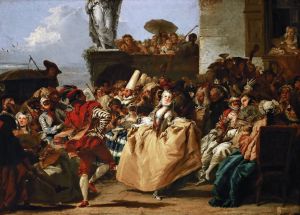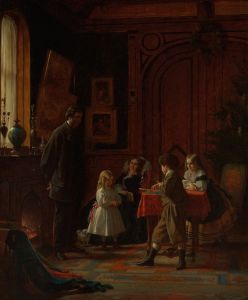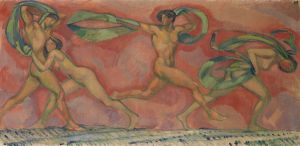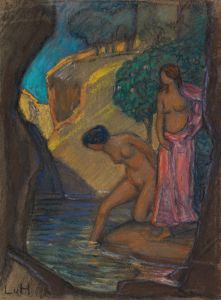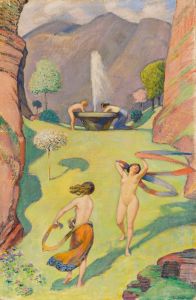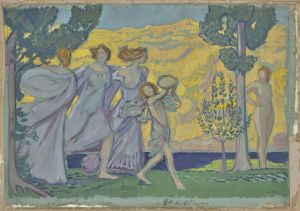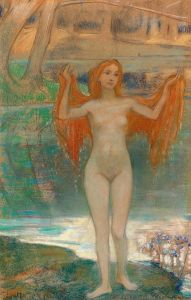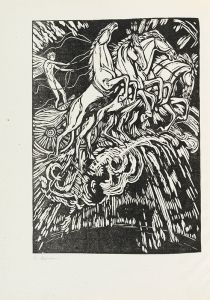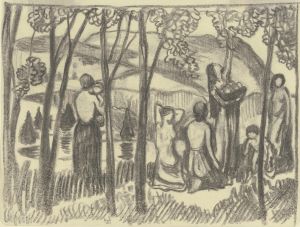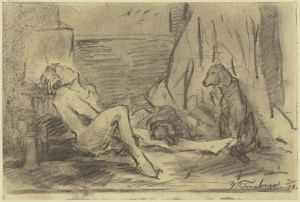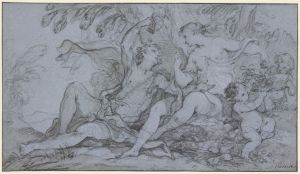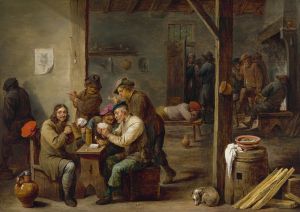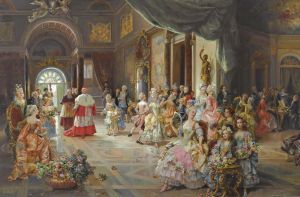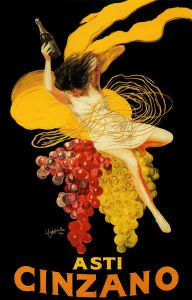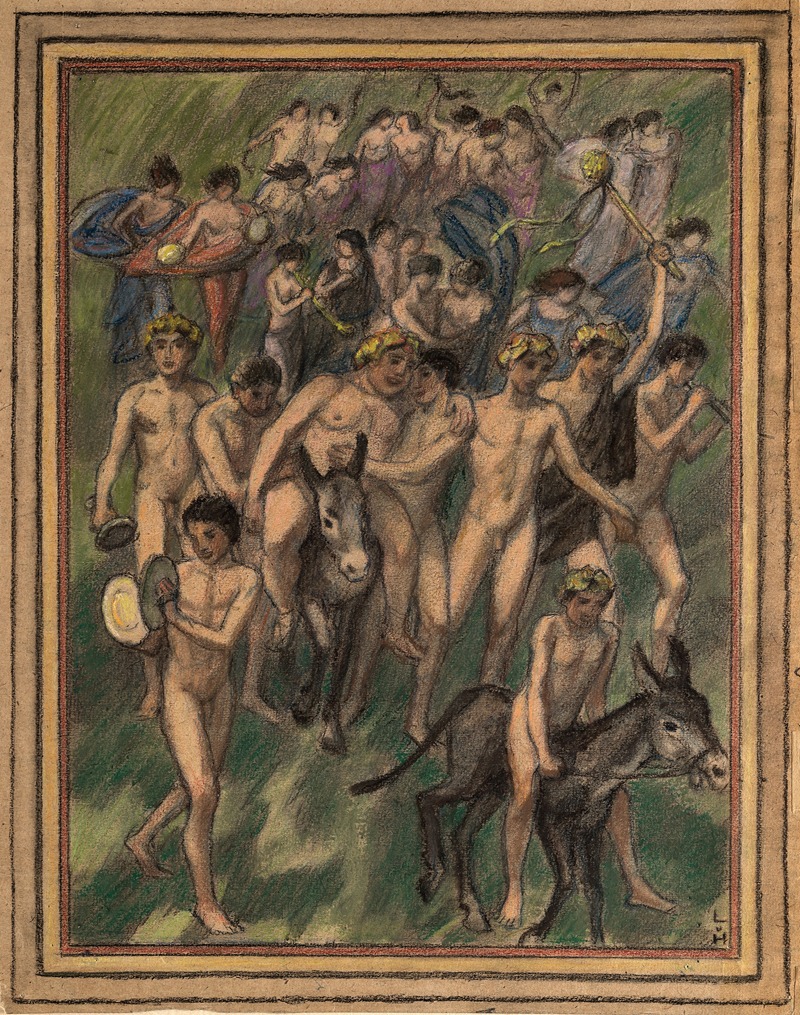
Bacchantenzug
A hand-painted replica of Ludwig von Hofmann’s masterpiece Bacchantenzug, meticulously crafted by professional artists to capture the true essence of the original. Each piece is created with museum-quality canvas and rare mineral pigments, carefully painted by experienced artists with delicate brushstrokes and rich, layered colors to perfectly recreate the texture of the original artwork. Unlike machine-printed reproductions, this hand-painted version brings the painting to life, infused with the artist’s emotions and skill in every stroke. Whether for personal collection or home decoration, it instantly elevates the artistic atmosphere of any space.
Ludwig von Hofmann was a prominent German painter and graphic artist associated with the Jugendstil movement, which is the German counterpart to Art Nouveau. His works are known for their vibrant colors, dynamic compositions, and a unique blend of symbolism and realism. One of his notable works is "Bacchantenzug," which translates to "Procession of Bacchantes."
"Bacchantenzug" is a painting that reflects Hofmann's fascination with classical themes and mythology, a common interest among artists of his time. The Bacchantes, in Greek mythology, were the female followers of Dionysus, the god of wine, fertility, and ritual madness. They were known for their ecstatic dances and frenzied celebrations, often depicted in art as symbols of unrestrained nature and primal human instincts.
Hofmann's depiction of the Bacchantes captures the essence of their mythological background. The painting is characterized by its fluid movement and the harmonious arrangement of figures, which are typical of Hofmann's style. The figures in "Bacchantenzug" are often portrayed in a state of joyous abandon, embodying the spirit of liberation and ecstasy associated with Dionysian rituals. This theme of liberation and the celebration of life is a recurring motif in Hofmann's work, reflecting the broader cultural movements of the time that sought to break free from the constraints of traditional society.
The color palette of "Bacchantenzug" is rich and vibrant, with a focus on natural tones that enhance the organic feel of the composition. Hofmann's use of color and light creates a sense of depth and movement, drawing the viewer into the scene. The painting's composition is carefully balanced, with each figure contributing to the overall rhythm and flow of the piece.
Ludwig von Hofmann's work, including "Bacchantenzug," was influential in the development of modern art in Germany. His ability to blend classical themes with contemporary styles made his work appealing to a wide audience and helped pave the way for future generations of artists. Hofmann's art was not only a reflection of his personal vision but also a commentary on the cultural and social changes occurring during his lifetime.
"Bacchantenzug" is a testament to Hofmann's skill as an artist and his deep understanding of mythological and symbolic themes. It remains an important piece in the study of Jugendstil and the broader context of European art at the turn of the 20th century. The painting is a celebration of life, nature, and the human spirit, capturing the timeless allure of myth and the enduring power of artistic expression.
While specific details about the painting's current location or provenance might not be widely documented, "Bacchantenzug" continues to be recognized as a significant work within Hofmann's oeuvre and the broader context of early modern art.





